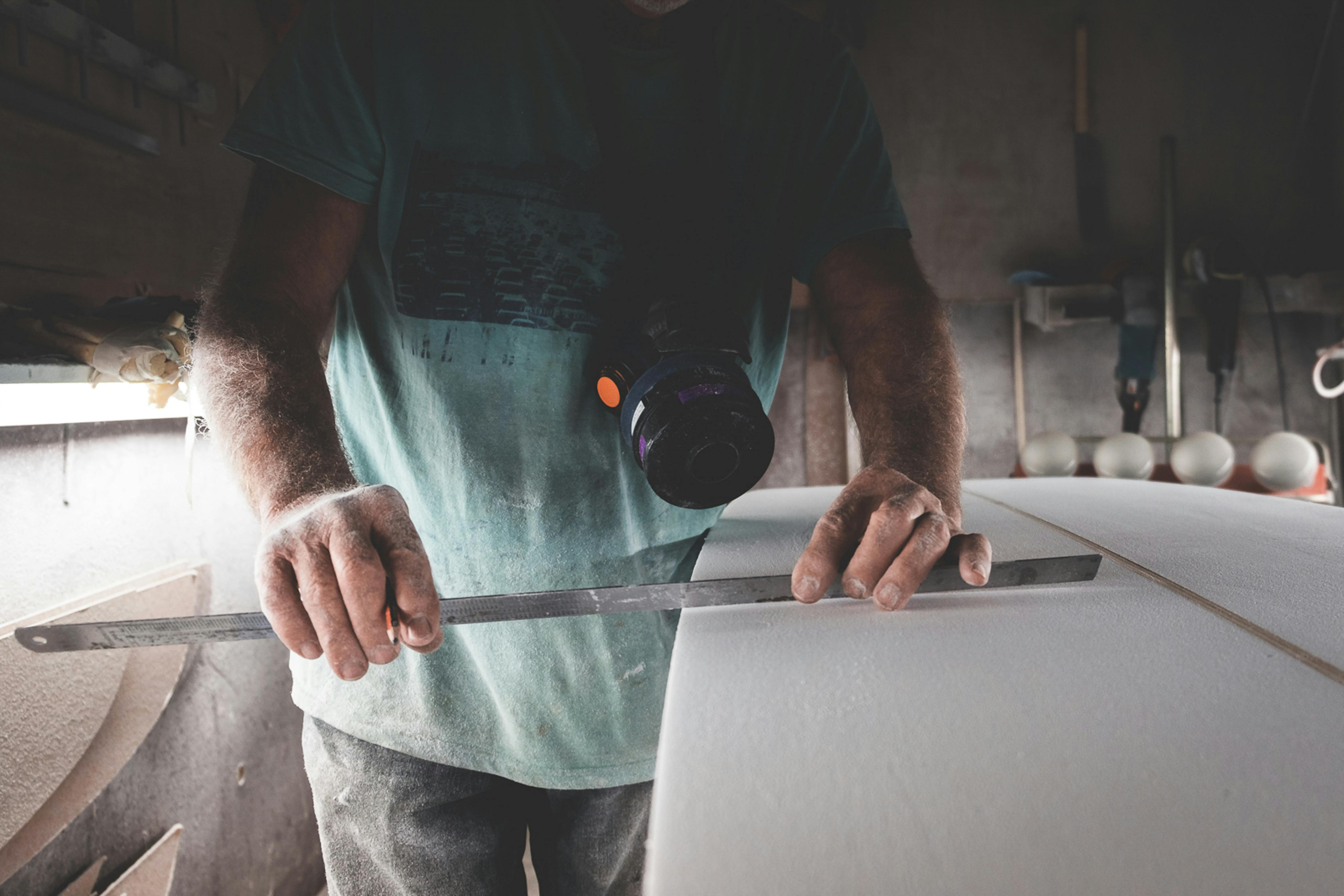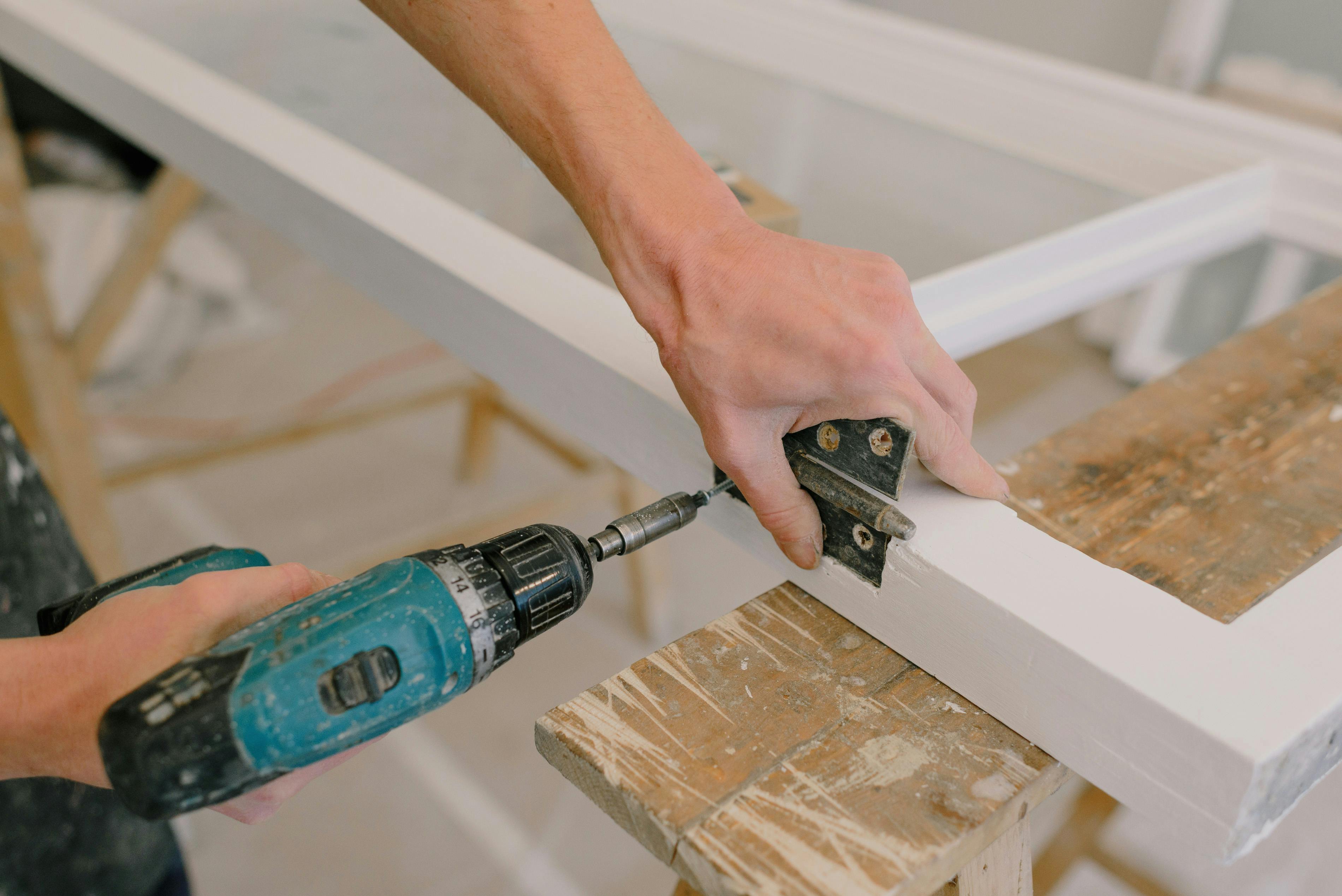If you’re a small business owner of an antiques business, you’ve probably heard the “death knoll claims,” been overwhelmed by the dejection of the “sadness and doom” crowd, and often stared out your window. to see if “the funeral procession” is happening… I’m here to tell you that while antiques as well as all discretionary retail businesses are challenged… they are not dead and won’t be any time soon!
Almost every day I hear the constant comment from some customers and many discouraged dealers that the antiques industry is dead, dying or disappearing. There reason is:
1. The existing customer is not buying.
2. The existing customer has purchased everything they wanted.
3. The younger client is not interested.
4. Everyone who might be shopping is shopping online.
I would like to give the “tough and committed” antique dealers who are window shoppers a counter-intuitive view and contrary opinion about the “state of affairs in the antiques industry”.
For years, the antiques industry (like many other industries in the United States) was filled with part-time and marginally engaged participants who saw an opportunity to turn a “passion for garage sales” into profit “off or on the road.” books” with little day to day. efforts through the proliferation of antique malls everywhere! These dealers would “drop” a security deposit, load up the SUV, put together some tables and tablecloths, and open an Antique Mall Space. The sheer size of this group proliferated into a large number of vintage malls that appeared on many high streets and strip malls across the United States.
The fallacy of this concept was that the space was expensive, the add-on percentages were quite high, and the staff was marginally engaged and did not have the same “vested interest” that a retail space owner would. Mall clerks were not “retail veterans” and in many cases discovered at the end of the month that instead of the “slush funds” they thought they had created, they were being paid a bill for the difference between rent of space and sales. waiting for them on the first day of the month instead of the expected check. A new “harsh reality” sank in on the tenants of the mall space and they soon said this was not a good idea and “bailed out” in record numbers. The “rescue process” of mall space tenants created huge vacant spaces in old malls and led to a new reality for the old mall owner: “they are upside down on their rent because of vacancies.” This has led to records of older malls closing their doors and hanging “for rent” signs on the front of the buildings.
What is the post mortem of this process? “Greater opportunities” for surviving retail stores for antique sales by getting a bigger slice of a smaller pie (economically caused). This is a time not to lament the advent of online antique sales, but to take advantage of it. The Internet gives the dealer the opportunity to reach millions of new customers and “start slicing” their share of the smaller pie. Shrinking malls makes your brick-and-mortar store more appealing to the customer who enjoys a new adventure in an antique store (as long as it’s enthusiastically received) and one-of-a-kind, well-priced items to tempt.
Will the industry and the antique shop survive and come back to life? I think so. The antique customer is first and foremost a “collector” not unlike a museum. They collect things that interest them, that have intrinsic value to them, and that they believe will appreciate in value over time. The number and longevity of museums around the world is testimony that there is still an interest in seeing and owning things of historical importance on the part of many people. A private collection of a “passion item” for a collector is their private museum for them to enjoy for themselves and share with friends…and maybe eventually sell it for a profit!
The traits that will determine the “winners and losers” in this age-old industry “shake up” are:
1. Perseverance together with a strict cost control.
2. Exciting and unique merchandise flowed in regularly to ensure novelty for your regular customers.
3. Good value. The days of “obscene profit” are over. Occasionally a $10 gain can occur on a $1 investment, but a more modest selling price to cost ratio of $3 to $1 will likely yield better value and encourage a declining “customer count” to buy.
4. A good attitude. The last thing anyone needs (or wants to hear) when visiting a store or business for quality purchases is “sadness and doom.” Motivation and enthusiasm are contagious… so is winning and growing. If you want more positive customers… be a more positive store owner!
5. Find new ways to reach new customers. Pack up the car or truck and head to the high-end, low-end, or mid-range flea market, antique show, or swap meet with loads of business cards and great merchandise. Give visitors a “preview” of your taste and selection and invite them to visit your store’s largest assortment. Give them a discount coupon, if you want to feed the urge, to use on their next visit.
6. Finally keep your store cool. If the new flow of merchandise isn’t possible with today’s cash flow challenges… Reorganize your inventory so that the same items appear in new locations, with new adjacencies, and with new ways to view their use. You will find that an old item becomes a new sale simply by moving it to a new location.
In short, when the going gets tough… A committed antique store owner should see the situation as an opportunity to increase their market share… Don’t throw in the towel!
The world is literate with businesses that would have succeeded with a little more perseverance and patience! Giving up is easy… Winning is commitment!




